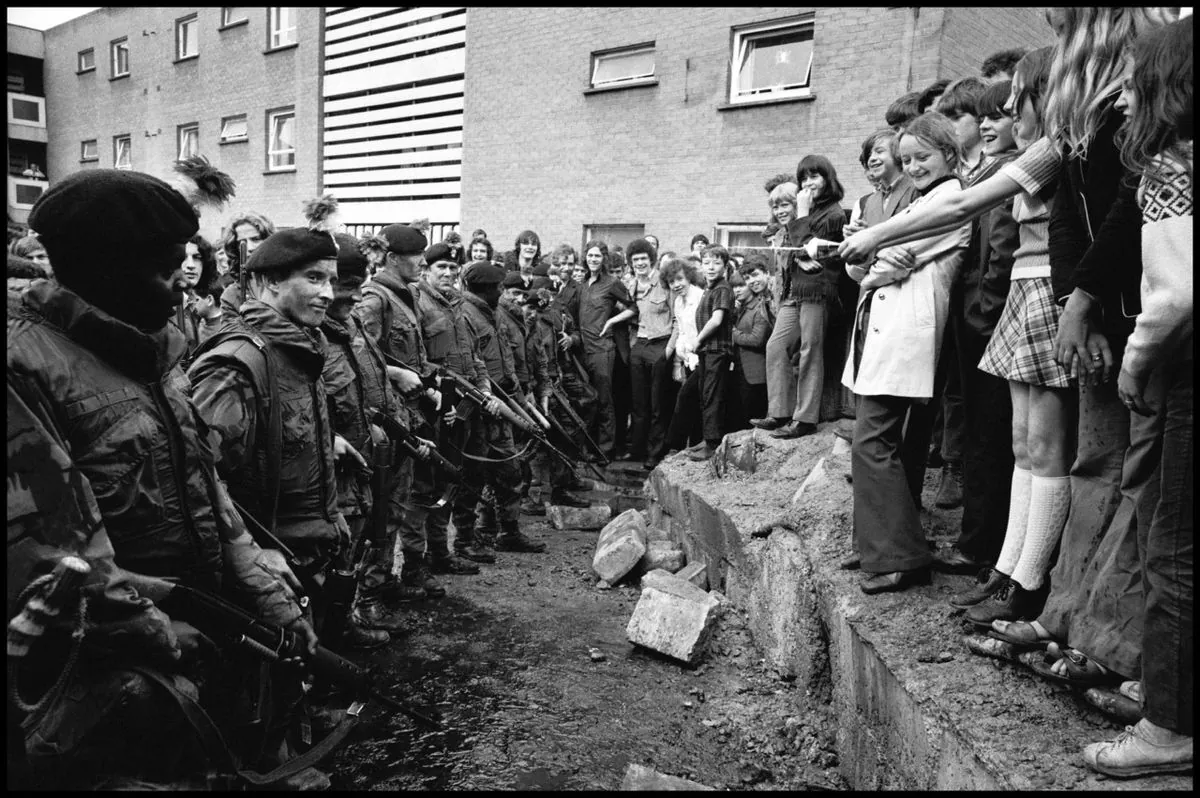The scale of Northern Irelands past conflict paints a grim picture: around thirty years ago over 3500 people died in an area with just 1‚5 million residents. In todays United States such numbers would mean roughly 700‚000 deaths - a mind-boggling figure that raises hard questions about law enforcements role in divided societies
The regions security setup had three main parts: the Royal Ulster Constabulary (RUC) worked as armed police; the British Army provided support‚ and the Ulster Defence Regiment (UDR) served as a part-time force. Most officers came from protestant-unionist backgrounds which created a clear bias in their work
The forces faced two types of paramilitaries: the Irish Republican Army targeted state forces while loyalist groups like the Ulster Volunteer Force and Ulster Defence Association went after civilians (mostly catholics). The numbers tell a clear story; loyalists killed 85% civilians while republicans hit 35%
There was indisputable evidence of collusion between loyalist paramilitaries and members of the security forces that should have rung alarm bells all the way to the top of Government
The states double-standards became clear: they let the UDA stay legal until 92ʼ and even allowed its members to join the UDR. More shocking was the so-called Glenanne gang - a group of RUC and UDR officers who joined loyalist attacks including the tragic Dublin-Monaghan bombings that killed 33 people
- Official reports showed clear proof of collusion
- Government kept evidence hidden for years
- Post-conflict investigations faced state pushback
- Independent oversight came too late
The key lesson from this dark chapter is simple - law enforcement needs strong independent oversight‚ especially during times of social divide. Without proper checks security forces can become part of the problem theyʼre meant to solve
